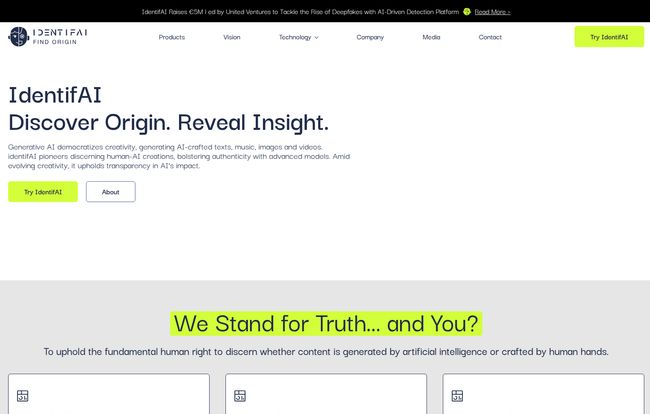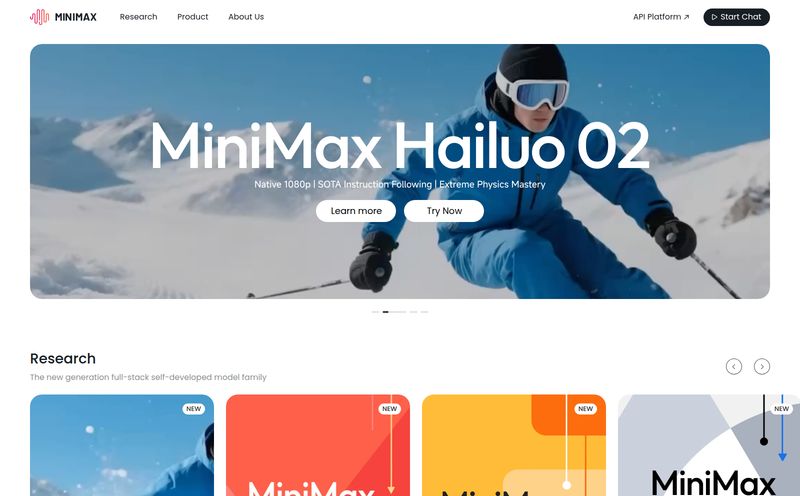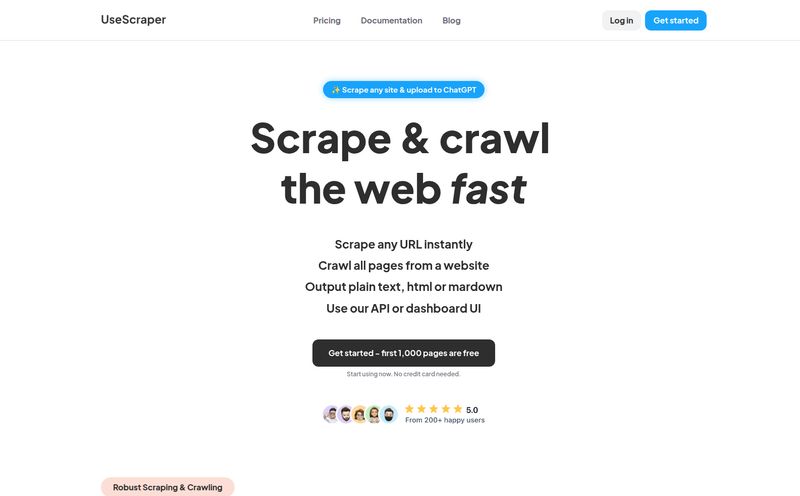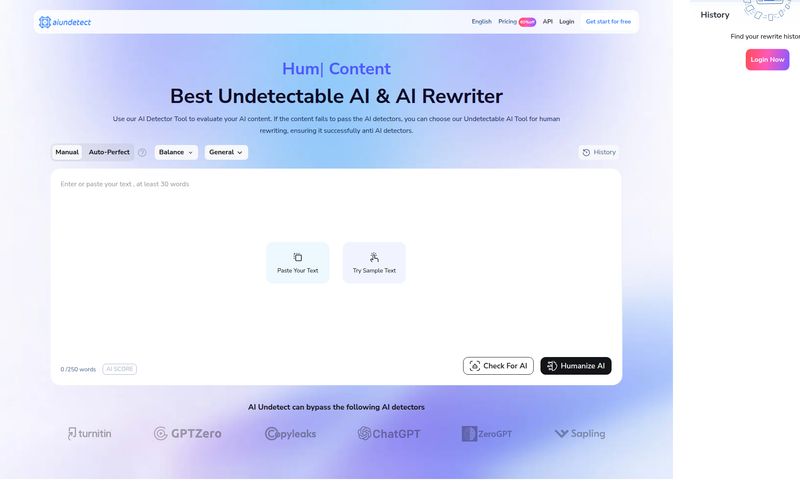You’ve seen it, right? That image on social media that’s just a little too perfect. The person with seven fingers, the text on the sign that looks like a forgotten alien language. Or maybe it’s a blog post that’s so flawlessly written, so utterly devoid of personality, that it feels like it was assembled by a committee of robots. It probably was.
I’ve been in the SEO and content game for years, and the last couple have been a wild ride. The rise of generative AI has turned our world upside down. It’s a constant cat-and-mouse game. First, we're figuring out how to use AI to speed up workflows. Next, we're trying to figure out how to keep it from making our content sound... well, soulless. And all the while, Google is shifting its goalposts with things like the Helpful Content Update, telling us to focus on experience and authenticity.
So, the million-dollar question on everyone's mind is: how do we prove our content is authentic? Or, on the flip side, how do we spot the fakes? This is where a whole new class of tools has popped up, and today, I’m looking at a particularly interesting one: IdentifAI.
What Exactly is IdentifAI?
At its core, IdentifAI is an AI detection platform. But its mission statement is a bit more poetic than most. Their site talks about upholding “the fundamental human right to discern whether content is generated by artificial intelligence or crafted by human hands.” I gotta say, I like that framing. It’s not just about sniffing out SEO spam; it’s about transparency.
The big differentiator here is that IdentifAI isn’t just another text-based checker. It claims to be able to analyze images, videos, and even music to determine their origin. In a world where AI-generated video and art are exploding, this feels like a necessary step forward. They want to be the one-stop shop for answering that simple question: human or machine?

Visit IdentifAI
How Does This Thing Actually Work?
So, how does it pull this off? According to their materials, IdentifAI uses a combination of advanced AI models, linguistic analysis, and what they call “style identification.”
Think of it like a digital art authenticator. A real-world expert doesn't just look at a painting; they analyze the brushstrokes, the age of the canvas, the chemical composition of the paint. IdentifAI does something similar in the digital realm. For text, it looks beyond just grammar, analyzing sentence structure, word choice, and the subtle rhythms that separate human writing from machine-generated prose. For an image, it's likely looking for the tell-tale artifacts and patterns that AI models leave behind.
It’s important to remember, though, this isn’t a magic 8-ball. No AI detector on the market is 100% accurate. They all work on probabilities. IdentifAI gives you a likelihood, a confidence score. It’s an educated guess from a very, very smart machine. And in my experience, that's far better than having no guess at all.
The Good, The Bad, and The AI-Generated
Like any tool, it’s got its strengths and its quirks. I've waded through their site and the available info to break it down for you.
What I Like About IdentifAI
First and foremost, the multi-format support is a game-changer. Most detectors I've used are text-only. The ability to upload an image or a video clip and get a read on its origin is genuinely useful, especially for social media managers or newsrooms. Another huge plus is the availability of an API for bulk analysis. If you're an agency or a large publisher vetting hundreds of articles or images a month, doing it one by one is a nightmare. An API means you can integrate IdentifAI directly into your content management system. That’s a serious feature for serious users. They also make a point of being GDPR compliant, which is a sigh of relief for anyone operating in or serving Europe. It's a small detail, but it shows they're thinking about professional use cases.
Where It Could Be Better
Now, for the other side of the coin. The platform itself states that it doesn't specifically focus on fake news detection. This is an important distinction. It tells you if a video was likely AI-generated, but it won't tell you if the information in the video is false. It’s a tool for origin, not a fact-checker. You also have to work with its preferred formats: JPEG, PNG, or MP4. This means you might have to convert a file before you can analyze it. It’s a minor workflow hiccup, but a hiccup nonetheless. And as I mentioned before, its accuracy is probability-based. You can't take its verdict as gospel truth, but rather as a very strong signal.
Who Should Actually Use IdentifAI?
So, who is this for? I see a few key groups getting a lot of value here.
- SEO Agencies & Content Teams: Using the API to bulk-check content from freelancers. It's a great first-pass filter to ensure you're getting original, human-crafted work when that's what you've paid for.
- Digital Publishers & Newsrooms: Verifying the authenticity of user-submitted images or videos. In an age of deepfakes, having a tool like this is becoming part of due diligence.
- Marketers & Social Media Managers: Quickly checking the origin of a meme or a piece of viral content before sharing it. It helps maintain brand integrity.
- Curious Individuals: Honestly, even for personal use, it's fascinating. See a weird picture your uncle posted on Facebook? Run it through a tool like this and see what it says.
A Quick Word on Pricing
Here’s the thing—I couldn’t find a public pricing page. Typically, when a B2B SaaS tool does this, it means they are focused on enterprise-level clients with custom plans. You likely have to get in touch with them for a demo and a quote based on your usage needs, especially if you're interested in the API. While I always prefer transparent pricing, this approach does make sense for a tool with a heavy-duty feature like an API.
The Bigger Picture: AI Detection and The Future of Content
Let's zoom out. Why does any of this matter if, as Google's Search Advocate John Mueller has said, they're rewarding good content, regardless of how its produced? It's a valid point. Google's official stance in their guidance on AI-generated content is that they care about helpful, reliable, people-first content that demonstrates E-E-A-T (Experience, Expertise, Authoritativeness, and Trustworthiness).
So, if Google doesn't penalize AI content outright, why use a detector? For me, it comes down to two things: trust and quality control. Trust with your audience is everything. Being transparent about your content's origin builds that trust. Internally, using a detector helps you maintain a quality bar. It helps you spot when a piece of content, whether written by an entry-level human or an AI, feels flat and uninspired. It’s another tool in your belt to ensure what you’re publishing is truly good, not just technically well-written.
The fact that IdentifAI has backers like RAI (Italy's national public broadcasting company) and United Ventures also lends it a certain gravity. This isn't just a weekend project; it's a serious attempt to tackle a growing problem.
Frequently Asked Questions about IdentifAI
- How accurate is IdentifAI, really?
- It's based on probabilities, not certainties. No detector is perfect. Think of it as a highly sophisticated expert giving you its professional opinion. It’s a strong indicator, but should be one of several factors in your decision-making.
- Can I use it to spot fake news?
- Not directly. IdentifAI is designed to determine if content is human or AI-made, not whether the information is factually correct. An AI could generate a perfectly true statement, and a human could write a complete lie.
- Is my data secure when I upload content?
- They state that they are GDPR compliant, which is a strong standard for data security and privacy. This suggests they take data handling seriously, which is crucial when you're uploading potentially sensitive or proprietary content.
- What file types does it support?
- It handles text, images, and videos, but they need to be in specific formats like JPEG, PNG, or MP4. You may need to do a quick file conversion for some media.
- Is there an API for developers?
- Yes, there is. This is one of its biggest selling points for businesses and agencies that need to check a large volume of content efficiently.
My Final Thoughts
So, is IdentifAI the silver bullet for the AI content apocalypse? No, of course not. Nothing is. But it is a very interesting, and potentially powerful, tool in an increasingly complex digital landscape. Its focus on multiple media formats—especially video and images—sets it apart from many competitors.
Its lack of public pricing and its powerful API suggest its aiming squarely at the professional and enterprise market, but its core mission of transparency is something we can all get behind. In the end, tools like IdentifAI aren't about 'beating' AI. They're about understanding it and ensuring that as we move forward, we don't lose the one thing that truly matters: human insight and authenticity.
Reference and Sources
- IdentifAI Official Website
- Google Search's guidance on AI-generated content - Google Search Central
- How to Spot AI-Generated Images - WIRED



